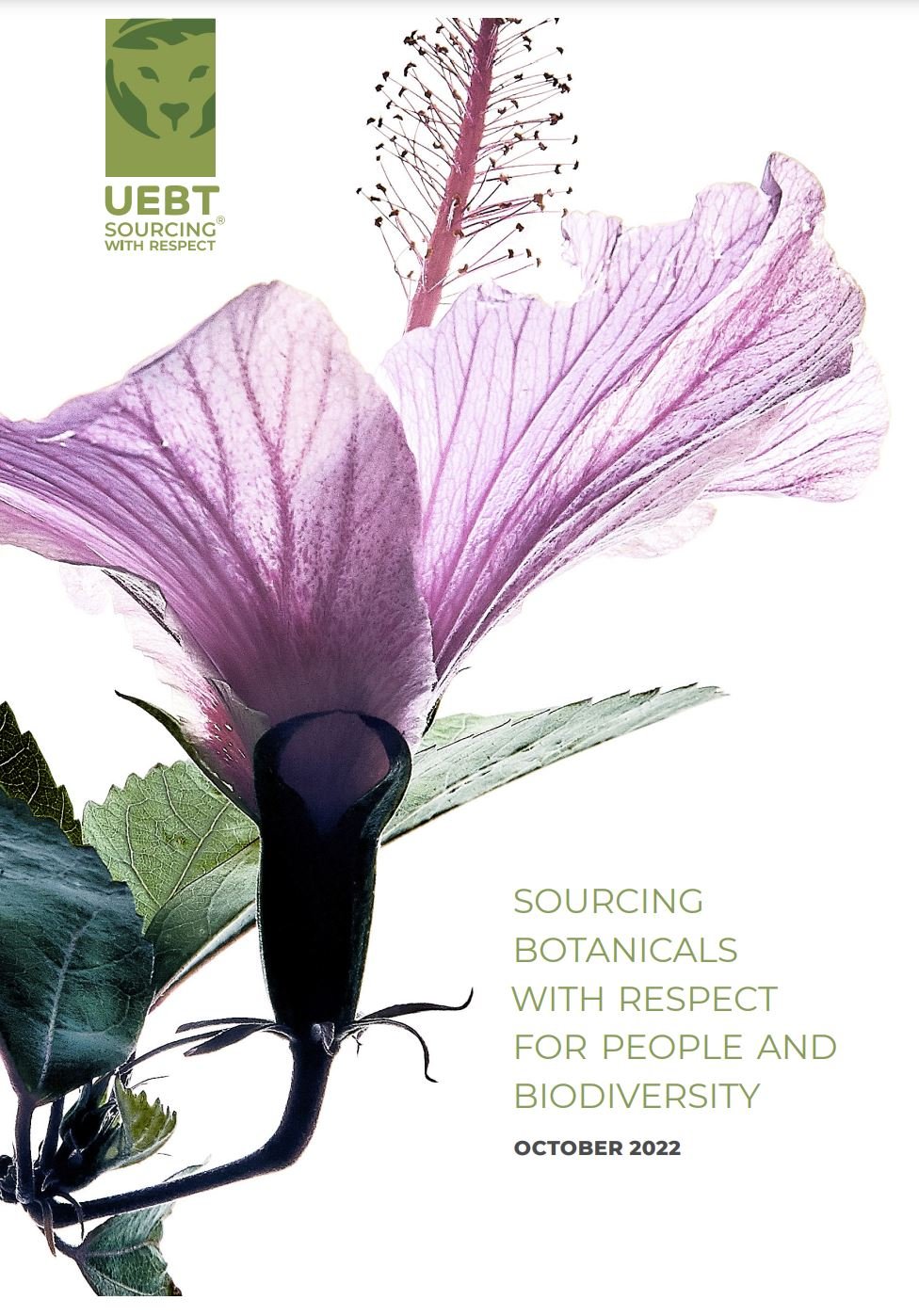Biodiversity conservation and regeneration
Biodiversity is the variety of plants, animals and other living creatures on Earth. Biodiversity is being lost at alarming rates - between 1,000 and 10,000 times faster than the natural extinction rate, owing to problems such as habitat destruction and climate change. A broad range of ecosystem services are degraded as a result. The loss of biodiversity has devastating effects on local and indigenous communities around the world who depend on it for their livelihoods. We have reached a level of habitat loss and species in danger of extinction where merely conserving biodiversity is not sufficient.
We must respect and regenerate biodiversity by supporting actions and practices that seek to replenish natural systems, such as promoting beneficial insects, birds, animals and plants and improving soil conditions.
Regenerative practices
Regeneration shifts the focus from mitigating negative impacts to adapting to local conditions so as to regenerate nature. Regenerative practices are ways in which cultivation and wild collection activities contribute to the natural processes that take place in an ecosystem, such as carbon capture, climate regulation, water purification, and food provision.
The UEBT standard’s principles on conservation and sustainable use of biodiversity contributes to regenerative practices such as:
Biodiversity in cultivation areas
Crop genetic diversity
Soil health
Water conditions
Minimization of synthetic agrochemicals
Waste and contamination reduction
Emission reduction
Regenerative programme
UEBT also has a dedicated regenerative programme. It is based on the UEBT standard with an add-on module. This add-on consists of regenerative impact indicators that are set as part of an action plan and then assessed for impact. The add-on also contains a strengthened requirement for the specific indicator in the UEBT standard on living income for local producers.
Organisations can contact us at impact@uebt.org to learn more about the UEBT regenerative programme and to discuss with us whether regenerative practices might be possible for their ingredients being sourced.
In this UEBT programme, companies are contributing to regenerating natural systems and the actions taken are usually in partnership with local communities.
Biodiversity Action Plans
UEBT works with companies on Biodiversity Action Plans in its regenerative programme, or as stand-alone approaches to conserving and regenerating biodiversity in a specific ingredient supply chain.
Download a factsheet on UEBT’s work with companies on Biodiversity Action Plans and learn how these plans can improve biodiversity within a supply chain.
Several short case studies on Biodiversity Action Plans are below, or find more of these in our resource pages.
Black pepper in the Western Ghats, India
Hibiscus in West Africa
Cinnamon in Northern Vietnam
Resources
Sourcing Botanicals with Respect for People and Biodiversity
UEBT report published October 2022.
Other resources
Have a look at the following:
IPBES: The global assessment report on Biodiversity and ecosystem services






